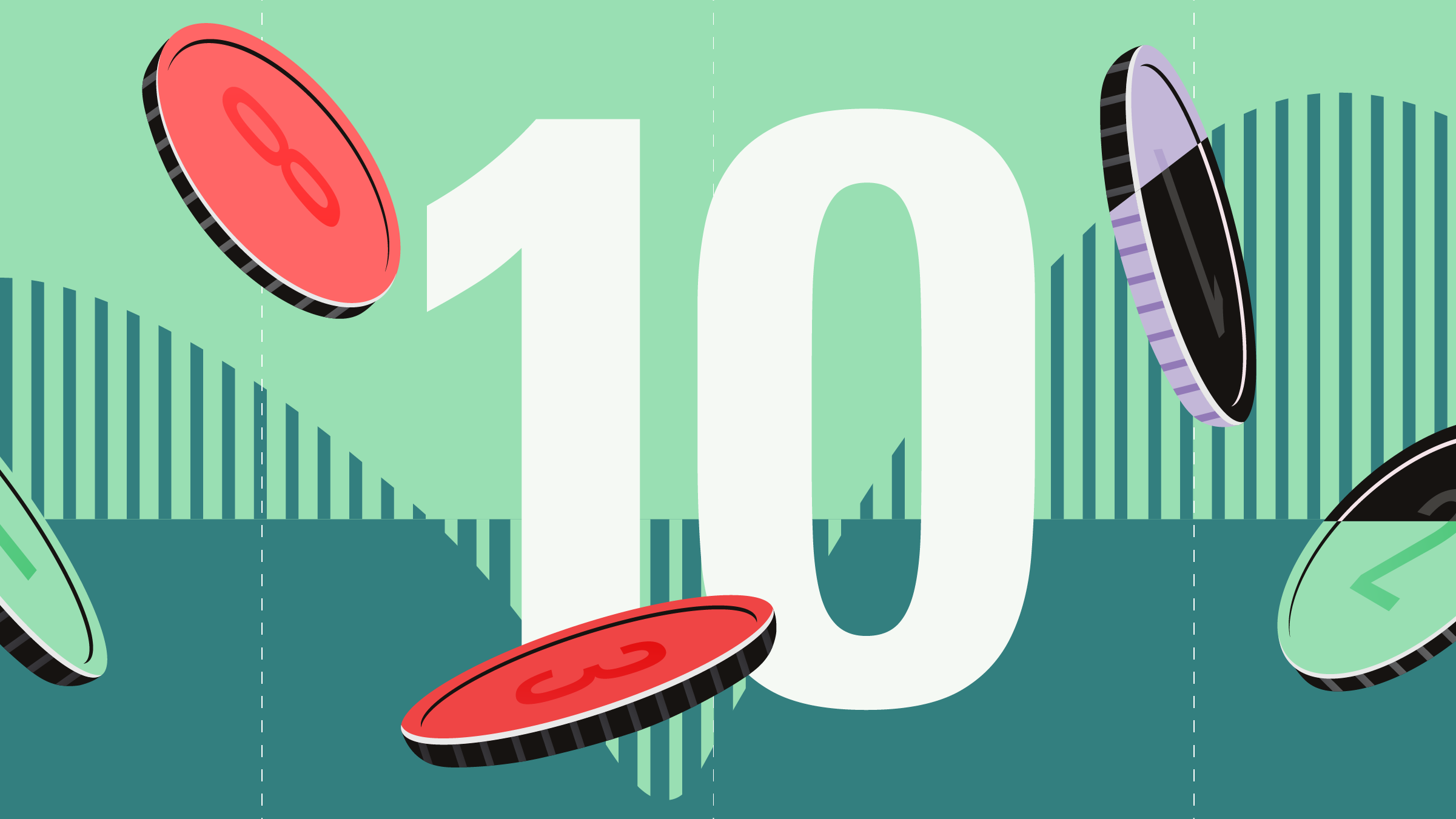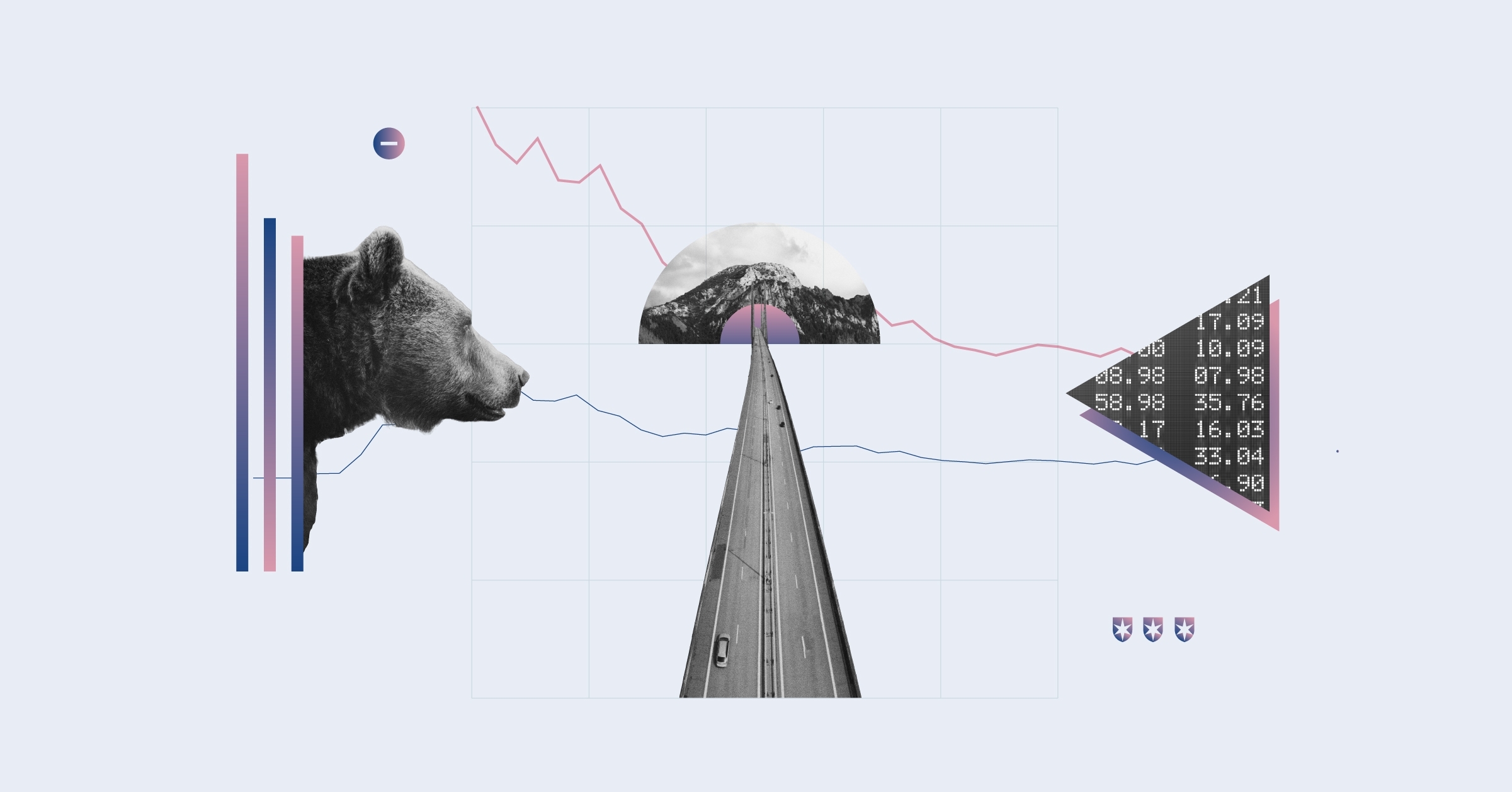This article originally appeared on Morningstar.com and so references to the bond market concern US corporate debt. The sentiment applies to global developed markets.
Stronger-than-expected economic indicators prompted investors to rethink when the Federal Reserve may begin to taper its asset-purchase program. While we doubt the Fed will begin to taper its asset purchases as soon as its December meeting, with these stronger reports the potential for the taper to begin sooner rather than later is certainly higher. After having suffered from the sharp sell-off in both interest rates and widening credit spreads this summer because of the expectation that the Fed was going to begin tapering in the fall, investors are once again hesitant to invest in longer-dated corporate bonds.
While the equity markets have been roaring ahead over the past few months, credit spreads are languishing. Since the beginning of August, the S&P 500 has risen 5%, whereas the average credit spread in our US corporate bond index has tightened only 5 basis points. In fact, since May 15, when our index hit its tightest level for the year at +129, the S&P 500 has risen 6.7%.
Tthe report for third-quarter GDP revealed that the US economy grew a healthy 2.8%. The headline GDP growth rate was significantly higher than Wall Street estimates for 2.0%, but Robert Johnson, Morningstar's director of economic analysis, cautioned that the reasons behind the growth were not ideal.
While headline indicators in the United States are indicating that the U.S. economy is growing ahead of expectations, the European economy continues to struggle. In a surprise decision, the European Central Bank cut its main short-term rate 25 basis points in order to support economic growth and assuage deflationary fears.
In addition, S&P cut its credit rating for France by one notch to AA as lower economic growth is constraining the country's ability to shore up its credit quality. The European Commission cut its forecast for 2014 GDP to 1.1% growth in the eurozone. This is the second forecast reduction the EC has made this year; it cut its forecast in May to 1.2% from 1.4%. The EC also increased its unemployment estimate to 12.2% next year from 12.1%.
A significant portion of the 2.8% GDP growth was due to inventory accumulation as consumer spending and business spending on equipment deteriorated from the prior quarter.





























